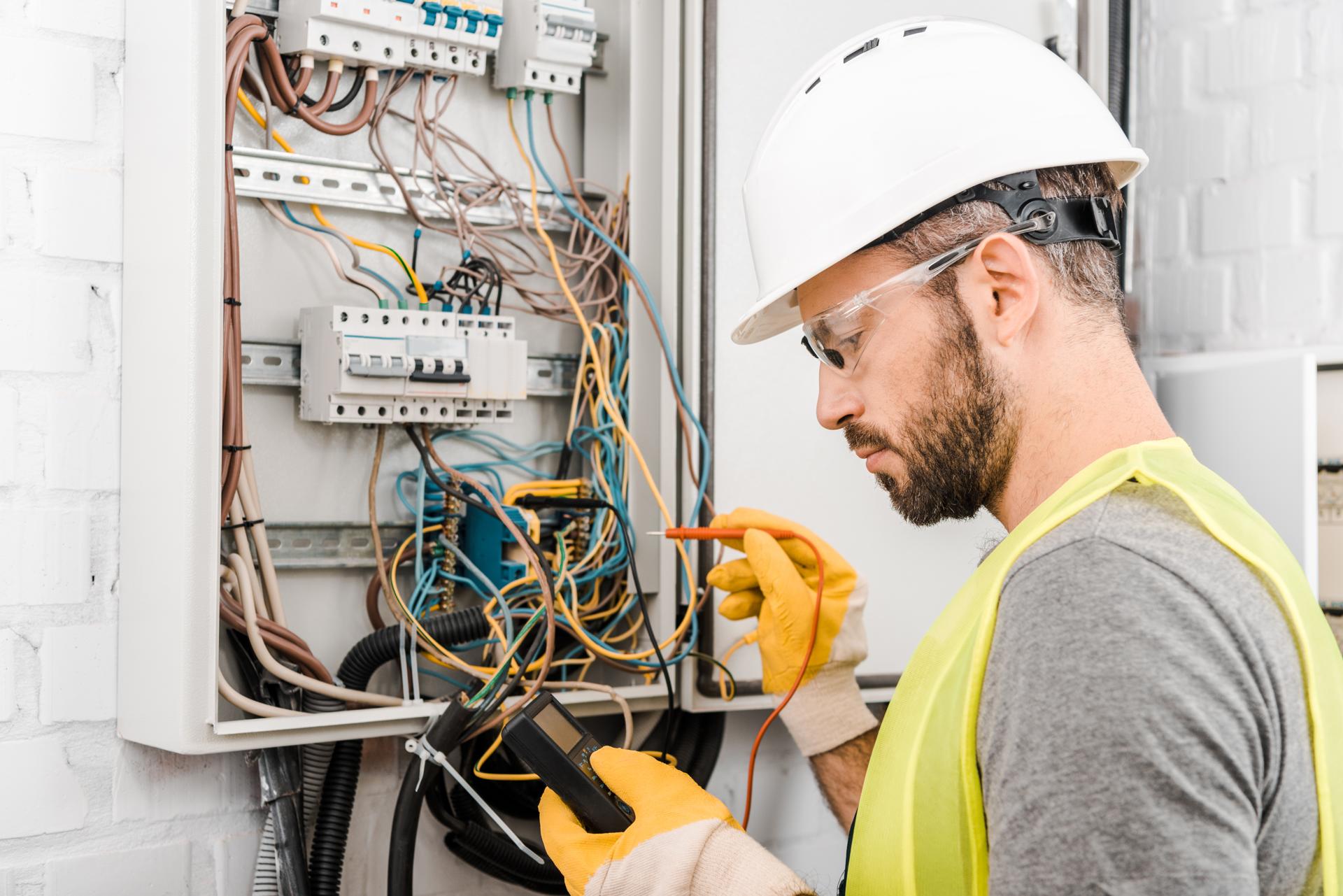An Amateur's Guide to Comprehending Electrical Wiring in Your Home

Electricity is an integral part of our daily lives, supplying everything from the lights of our homes to the gadgets we use every day. But electric systems may be complicated and understanding how they function can be difficult. In this article we’ll breakdown the various components of an electrical system, and show how circuits operate to power devices and appliances. Our residential electricians can handle any electrical jobs you need.
Components of an Electrical System
An electrical system has several key components that work together to supply power to the home. They include:
Breaker box: the main source of electrical energy in a house in which the power is divided into several circuits
Switches and outlets: the places where electricity is delivered to devices and appliances
Wiring: the electrical wires that transmit power from the breaker box, to the outlets and switches
Electronic appliances and gadgets: appliances and devices that require electricity for their functions.
Electrical Circuits
An electrical circuit is a path which allows electricity to flow from the main source (the the breaker box) to the devices and appliances in a home. There are two types of electrical circuits that can be found in a home: 120-volt circuits and 240-volt circuits. 120-volt circuits are used to power most household appliances and appliances, whereas 240-volt circuits are used for larger appliances such as dryers and air conditioners.
Electrical circuits work by creating the loop which allows electricity to be transferred from the source to the appliance or device. The loop consists of a hot cable that transports the power, a neutral wire that completes the circuit and a ground wire that provides an avenue for electricity to reach the ground in the event there is a problem.
Understanding the electrical Wiring
Electrical wiring is available in a variety of kinds, such as non-metallic sheathed cables (NM) and armored cable (AC) and conduit. Each comes with its own pros and drawbacks and the selection of the wiring type is contingent upon the specific needs of the installation.
Wiring conducts electricity by creating a flow of electrons that travel through the wire. The electrons flow through the wire from source, to appliance or device returning to the source using the neutral wire. It’s essential to ensure that the wiring is installed and maintained properly, since faulty wiring can lead to electrical hazards like shocks and fires.
Common Electrical Issues
Some common electrical problems in homes include tripping breakers, flickering lights, and disconnected outlets. The causes of these issues could be due to a variety of reasons that include overloading circuits, loose connections, and faulty wiring.
If you are experiencing one of these problems, it is essential to determine the root cause and take steps to correct the issue. In some cases this could mean contacting a licensed electrician to look over and fix the wiring.
Final Conclusion, as well as a Call to Action
Understanding how electrical wiring works is essential to ensure the safety and reliability of the electrical system in your home. If you follow the rules laid out in this article and you will be able to remain safe and prevent potential hazards.
In case you’ve got any questions or concerns regarding your home’s electrical system Don’t hesitate to reach out to Local Electrician Western Sydney. Our licensed electricians has the expertise and experience to handle all your electrical requirements. Contact us by phone at 1300 610 481 to schedule a appointment.
FAQ
What are the indicators of faulty electrical wiring?
Signs of defective electrical wiring can include tripping breakers, flickering lights, or dead outlets, among others.
When should I have my electrical system at home inspected?
It is recommended to have your home’s electrical system examined by an accredited electrician each 10 years.
What is the lifespan of wiring that is electrical?
The life span of electrical wiring is dependent on a variety of factors, including what kind of wire, the setting it’s placed in, and the quality of installation. The majority of electrical wiring can last as long as 30-years or longer, with correct installation and care.
Do I need to fix electrical issues myself or should I always employ an electrician?
While some electrical problems can be solved by homeowners, it’s recommended that you hire an authorized electrician to complete most electrical repairs. Attempting to fix electrical problems without the proper education and experience can be dangerous and could cause damage or injury the property.
What should I do if experience an electrical emergency at home?
In the event of an electrical problem first thing to do is to shut off the power supply to the affected location by turning off the fuse or breaker. Then, contact an authorized electrician to look into and fix the problem as quickly as possible.
If you follow these tips By following these rules, you can ensure security and reliability of the home’s electrical system , and avoid potential hazards. Keep in mind that when it comes to electrical repairs and installations, it’s recommended to rely on the professionals. Call Local Electrician Western Sydney at 1300 610 481 for all your electrical concerns.
